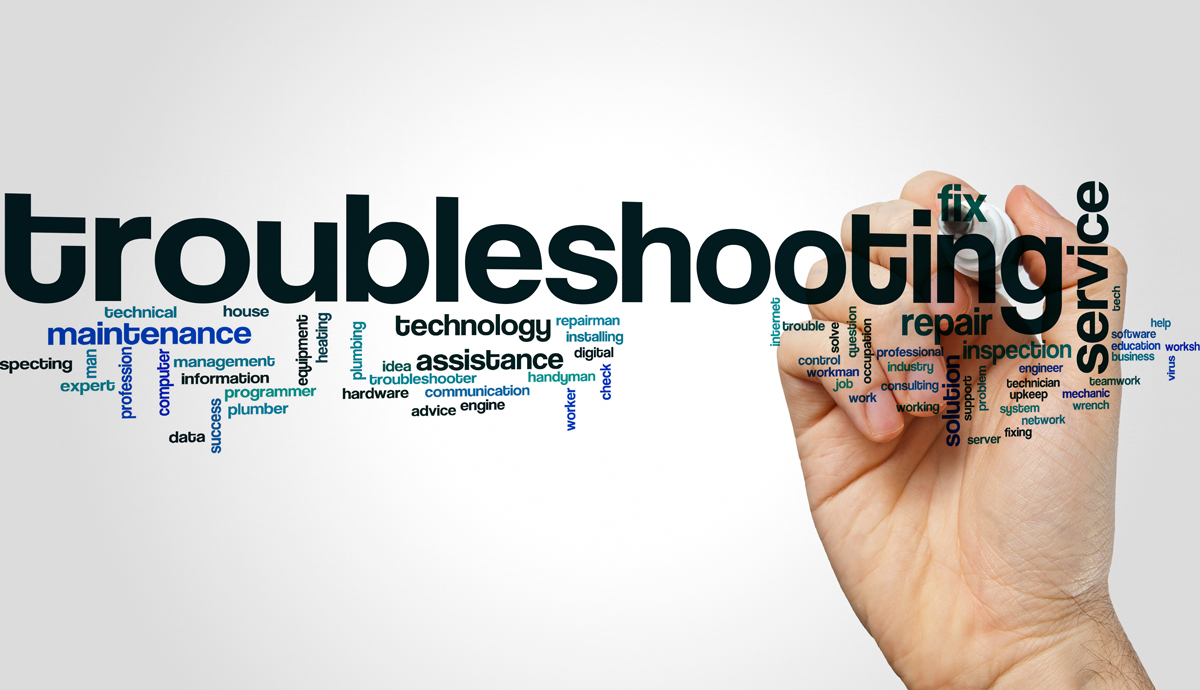Troubleshooting WordPress Woes: Expert Solutions for Common Problems
Introduction:
WordPress is one of the most popular content management systems out there, powering millions of websites worldwide. It offers a user-friendly interface, an extensive library of themes and plugins, and impressive customization options. However, as with any software, WordPress can sometimes encounter issues that can frustrate users. In this article, we will explore some common WordPress problems and provide expert solutions to help you overcome them. Whether you’re a beginner or an advanced user, this troubleshooting guide will assist you in resolving WordPress woes efficiently.
I. Slow Loading Speeds:
One of the most common issues faced by WordPress users is slow loading speeds. A slow website can negatively affect user experience and even result in lost traffic. Here are some expert solutions to address this problem:
1. Optimize Images: Large image files can slow down your website’s
loading speed. Use image optimization plugins or compress your images before uploading them to WordPress.
2. Enable Caching: Caching plugins help create static versions of your web pages, reducing the server workload and improving
loading speed. Popular caching plugins like W3 Total Cache or WP Super Cache are easy to configure.
3. Minify CSS and JavaScript: Minification removes unnecessary lines and spaces from your CSS and JavaScript files, reducing file size and improving
loading speed. Plugins like Autoptimize can automate this process.
II. White Screen of Death:
Encountering a white screen of death (WSOD) can be a frustrating experience for WordPress users. It essentially means that your website is inaccessible and not displaying any error messages. Here’s how to tackle this problem:
1. Enable Debugging: By enabling WordPress debugging, you can uncover the root cause of the white screen. Open your wp-config.php file and add the following line:
“`
define(‘WP_DEBUG’, true);
“`
2. Update Themes and Plugins: Outdated or incompatible themes or plugins can trigger the WSOD. Ensure that all your themes and plugins are up to date, and deactivate them one by one to identify the problematic one.
3. Increase Memory Limit: Insufficient memory allocation can also cause the WSOD. Increase the memory limit in your wp-config.php file by adding the following line:
“`
define(‘WP_MEMORY_LIMIT’, ‘256M’);
“`
III. Error Establishing a Database Connection:
The dreaded “Error establishing a database connection” message can make your website inaccessible. It occurs due to incorrect database credentials or database server issues. Take the following steps to resolve this problem:
1. Verify Database Credentials: Ensure that your database username, password, and database name are entered correctly in the wp-config.php file.
2. Check Database Server Availability: Contact your hosting provider to confirm if there are any database server outages or connectivity issues.
3. Repair Database: WordPress provides a tool to repair corrupted databases. Add the following line to your wp-config.php file:
“`
define(‘WP_ALLOW_REPAIR’, true);
“`
Access the repair tool by visiting the /wp-admin/maint/repair.php URL and follow the on-screen instructions.
IV. FAQs:
1. How do I troubleshoot plugin conflicts?
Disable all your plugins and then activate them one by one to identify the conflicting plugin. This will help you pinpoint the problematic plugin causing the issue.
2. What should I do if my website gets hacked?
Immediately change all your passwords, restore from a clean backup, and install a security plugin like WP Fix it or Wordfence to prevent future hacks.
3. How can I fix the “HTTP Error” when uploading images?
This error often occurs due to file permission issues. Change the permissions of your /wp-content/uploads/ folder to 755, or try disabling mod_security if enabled by your hosting provider.
Conclusion:
WordPress is a powerful platform, but like any software, it can encounter challenges. By being aware of common problems and employing the expert solutions provided in this article, you can easily troubleshoot and overcome WordPress woes. Remember, patience and thoroughness are key when resolving WordPress issues. By implementing the suggested solutions and following the FAQs, you will be able to maintain a stable and hassle-free WordPress website.
Post Summary:
WordPress is a popular content management system with millions of users, but it can encounter problems. This article provides expert solutions to common issues. Slow loading speeds can be improved by optimizing images, enabling caching, and minifying CSS and JavaScript. The white screen of death can be resolved by enabling debugging, updating themes and plugins, and increasing memory allocation. Error establishing a database connection can be fixed by verifying database credentials, checking server availability, and using the WordPress repair tool. The article also includes FAQs on troubleshooting plugin conflicts, dealing with hacks, and fixing HTTP errors when uploading images. Patience and thoroughness are key to resolving WordPress issues.


